THE SUBJECT OF A SATURDAY TWEET & A 'HELLO!' MAGAZINE COLUMN BY AUTHOR CIARAN WEST

 Hello and welcome to the unofficial Brian De Palma website. Here is the latest news: |
|---|
E-mail
Geoffsongs@aol.com
-------------
Recent Headlines
a la Mod:
Listen to
Donaggio's full score
for Domino online
De Palma/Lehman
rapport at work
in Snakes
De Palma/Lehman
next novel is Terry
De Palma developing
Catch And Kill,
"a horror movie
based on real things
that have happened
in the news"
Supercut video
of De Palma's films
edited by Carl Rodrigue
Washington Post
review of Keesey book
-------------
Exclusive Passion
Interviews:
Brian De Palma
Karoline Herfurth
Leila Rozario
------------
------------
| « | August 2021 | » | ||||
| S | M | T | W | T | F | S |
| 1 | 2 | 3 | 4 | 5 | 6 | 7 |
| 8 | 9 | 10 | 11 | 12 | 13 | 14 |
| 15 | 16 | 17 | 18 | 19 | 20 | 21 |
| 22 | 23 | 24 | 25 | 26 | 27 | 28 |
| 29 | 30 | 31 | ||||
De Palma interviewed
in Paris 2002
De Palma discusses
The Black Dahlia 2006

Enthusiasms...
Alfred Hitchcock
The Master Of Suspense
Sergio Leone
and the Infield
Fly Rule
The Filmmaker Who
Came In From The Cold
Jim Emerson on
Greetings & Hi, Mom!
Scarface: Make Way
For The Bad Guy
Deborah Shelton
Official Web Site
Welcome to the
Offices of Death Records
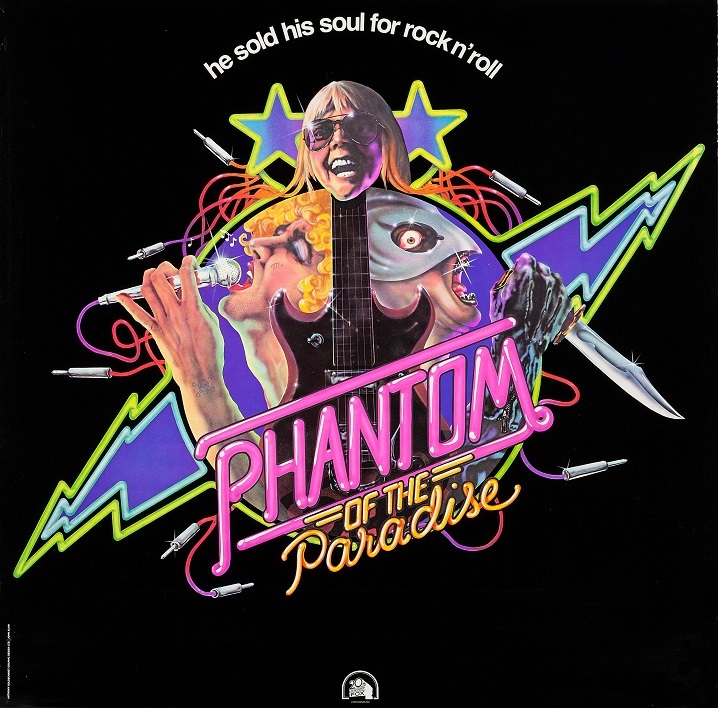
The music made us do it! This week, Peaches and Michael delve into the psychotronic, Faustian world of Brian De Palma’s 1974 rock opus, THE PHANTOM OF THE PARADISE! In addition to discussing the film’s killer soundtrack, unique style, and blurry queerness, our hosts take a deep dive into the singular fan phenomenon that caused PHANTOM to be a breakaway hit in the city of Winnipeg…and nowhere else. Joining the discussion is filmmaker Malcolm Ingram, whose documentary PHANTOM OF WINNIPEG explores this Canadian cult-status curiosity. Then, FANGORIA’s Editor-in-Chief Phil Nobile Jr. stops by to discuss the evolving nature of "phan" devotion. And finally, we’re joined by Ari Kahan, curator of THE SWAN ARCHIVES, which has been dedicated to the preservation of PHANTOM history since nearly the beginning. Rock n’roll! Deals with the devil! And a trio of in-depth interviews! Tune in and get salutations from the other side!

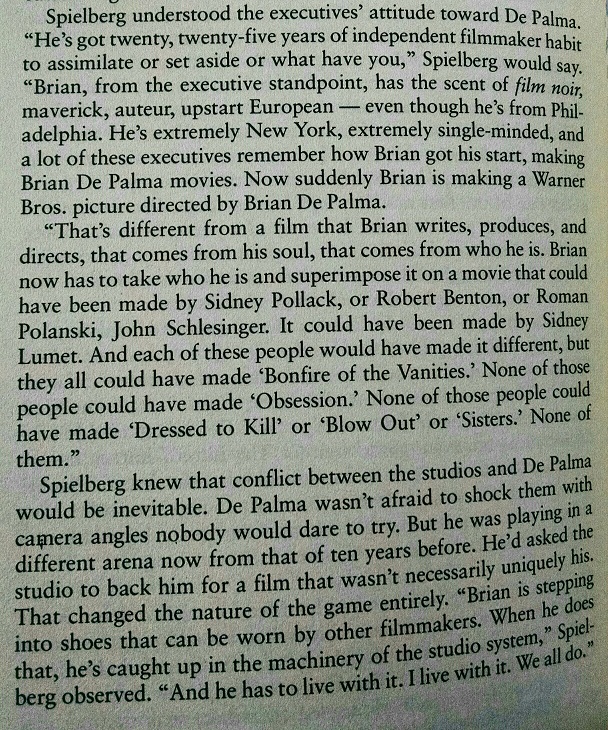
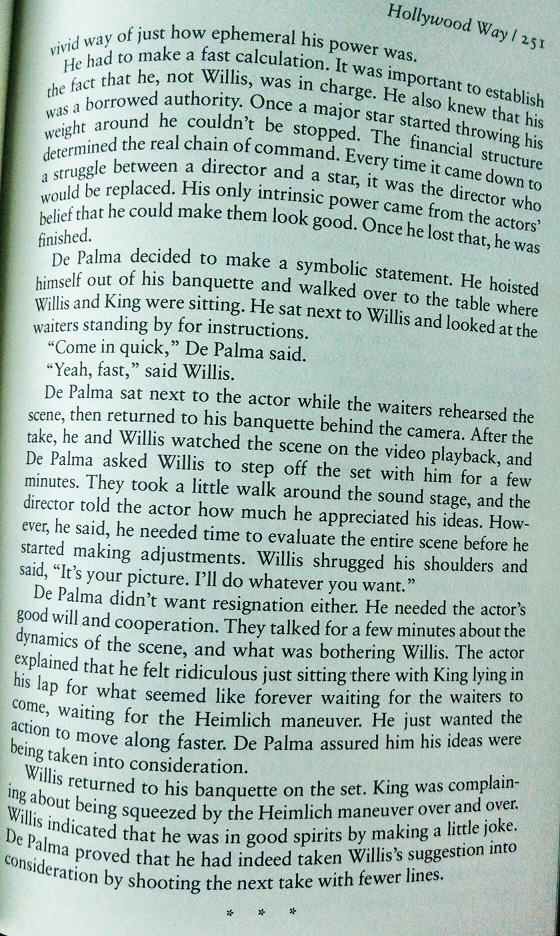
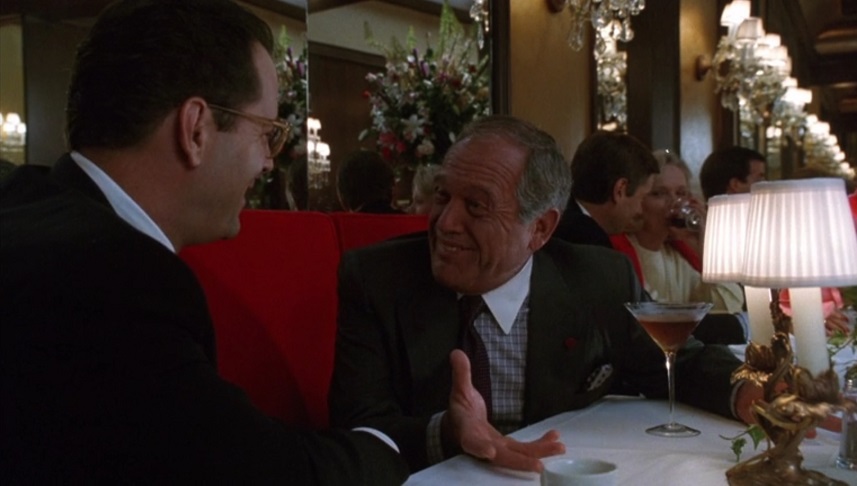
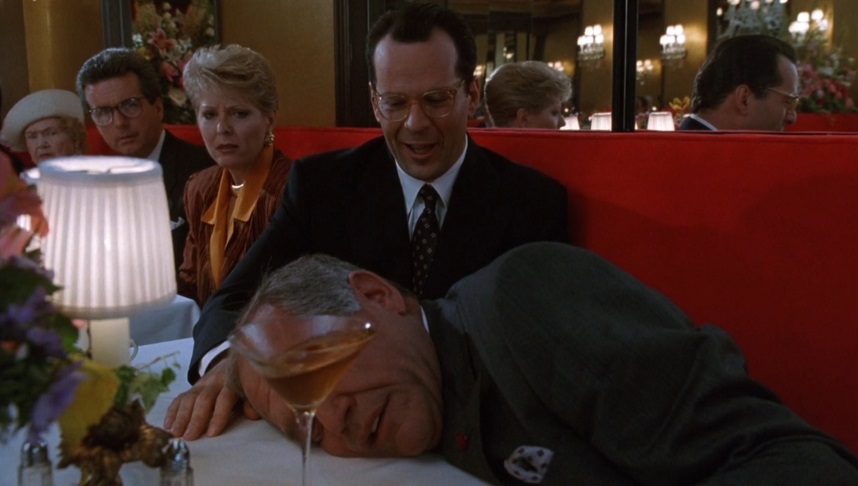
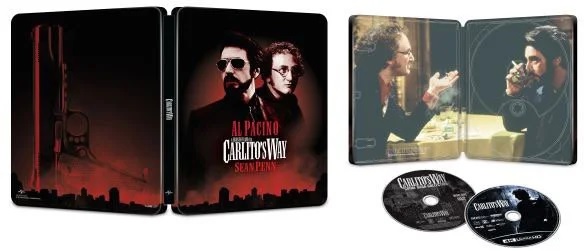
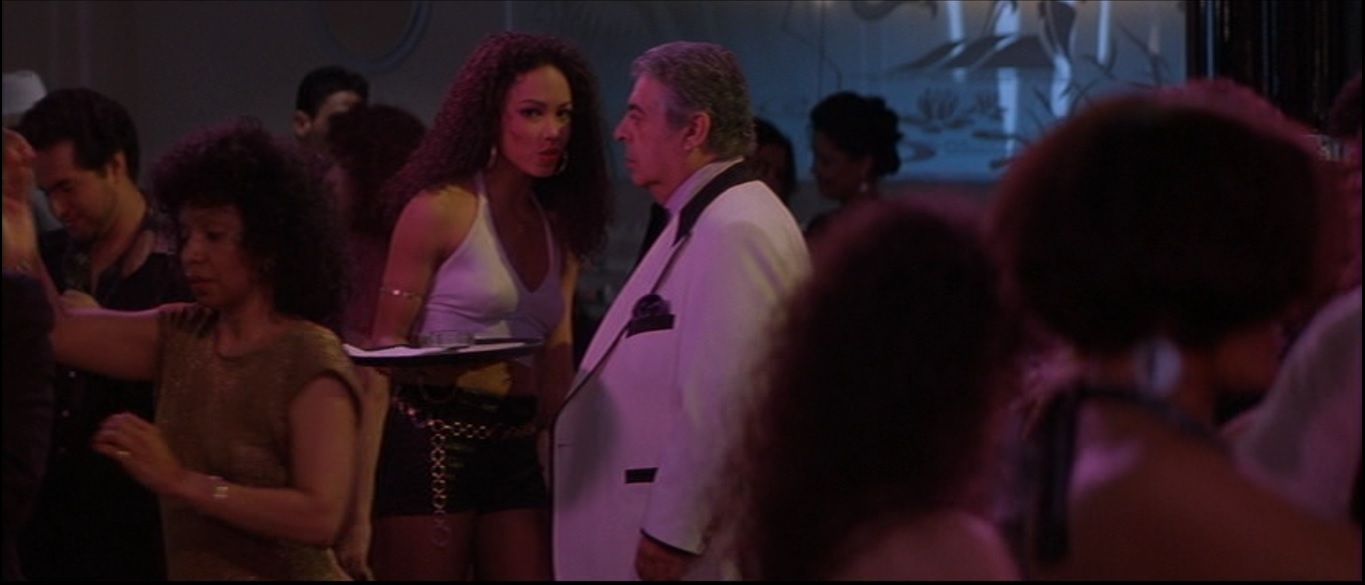
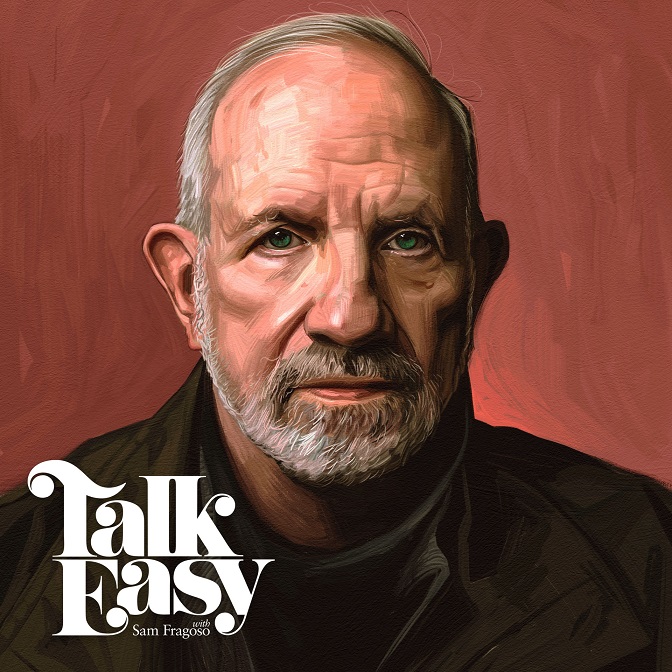
De Palma: It's very perceptive. I don't know if it's the first time I've made a film about things that matter to me, but it came from a very interesting idea, and I developed it into a whole scenario with characters that were full-blown. So it had a kind of emotional depth to it.Fragoso: If she is right about making a film about the things that matter to you, I'm curious, what were those things?
De Palma: I'm obviously very interested in visual storytelling, and this lent itself to tell a story, a lot, with just pictures. And not relying on dialogue to explain everything. The whole idea of this film came from a couple of things. One was when I was cutting a soundtrack for footsteps -- I think it was for Murder a la Mod, there's a lot of footsteps in the graveyard -- I realized what we were using to separate the sounds, which is known as "fill," was Lawrence Of Arabia. Here, one of the greatest films of all time, is now "fill," in the footsteps of the mix I'm preparing for Murder a la Mod. So that irony stayed with me. And the other thing, which starts the whole film off, is when I was mixing Dressed To Kill, and I talked to my sound mixer. I said, "That effect of wind in the trees-- I've heard this!" I mean, I'd been working with the same sound guy for years, and I kept on hearing the same wind in the trees.
Fragoso: This is Dan Sable.
De Palma: Yeah, Dan Sable. And I said, "Dan, get me some new wind in the trees!" So that gave me the whole beginning of the movie, and this sort of ironic twist at the end. You know, the fact that the scream becomes just an effect to be used in a kind of tawdry horror film.
Legendary filmmaker Brian De Palma joins us this week! In celebrating the 40th anniversary of Blow Out, we discuss how the project came to be (4:17), the casting of John Travolta (7:49), a post-production mishap (8:48), and the film’s initial reception in 1981 (10:27). Growing up in ’40s Philadelphia, De Palma reflects on his complex childhood (11:06), his Quaker education (12:54), the moment he knew he wanted to direct (15:42), and the chaos of his early documentary work (20:44). Then, before we go, we revisit his masterpiece, Carlito’s Way (27:44), the end of “the director-as-superstar” era (33:16), and the enduring power of a childhood favorite, The Red Shoes (37:09).
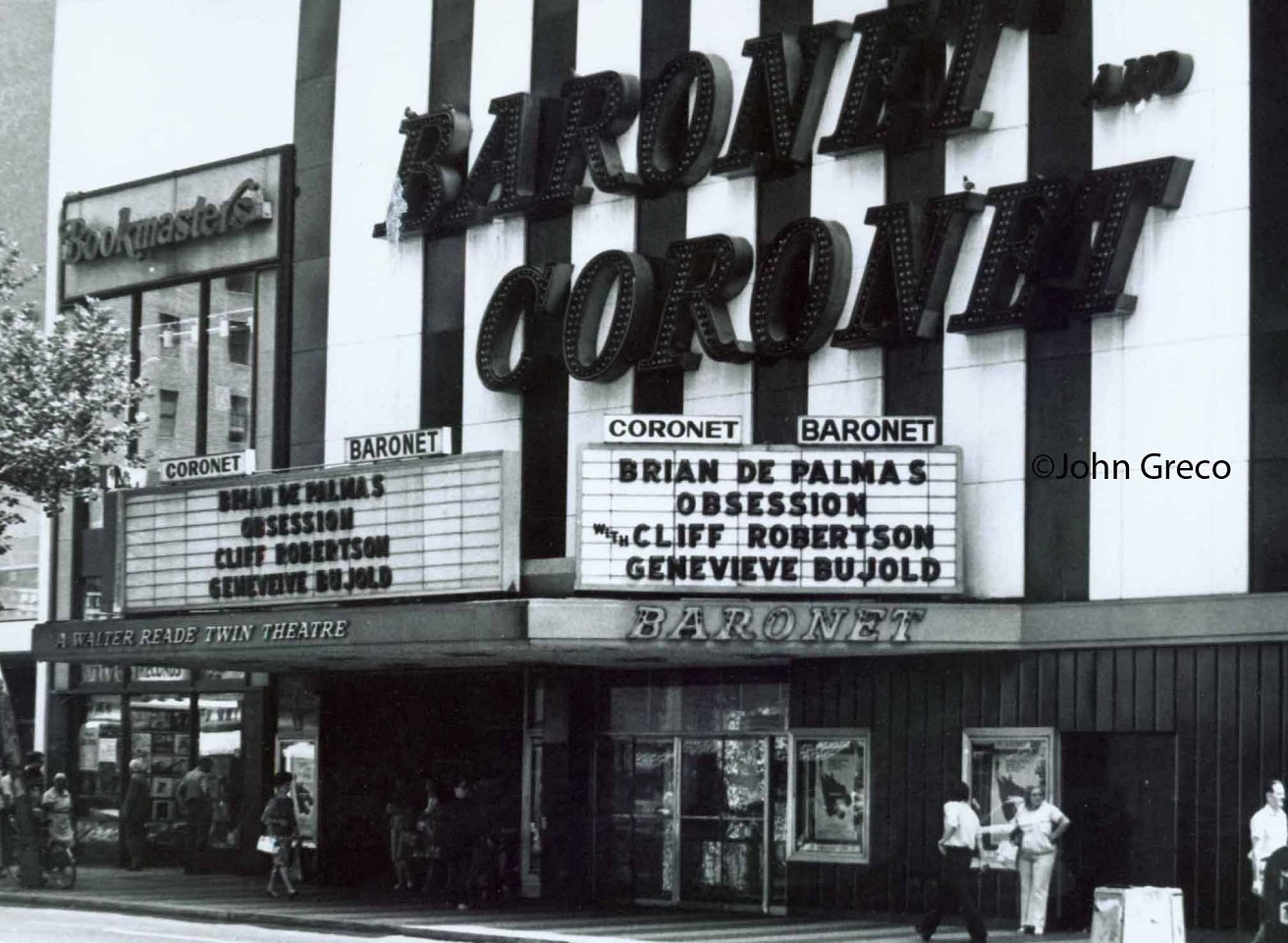

One of the most interesting aspects of the episode is Skipper Martin's discussion of how he used to dismiss De Palma's nods to Hitchcock as nothing but a "ripoff," but how a re-watch of Dressed To Kill made it all click for him-- that De Palma was "playing" with the viewer, using what the viewer knows about Hitchcock to set the viewer up. And it made him rethink what Tarantino does, then, as well. Skipper possibly gets that idea from Roger Ebert, who says something similar in the Siskel/Ebert Untouchables-era discussion about Sisters they include in the episode.